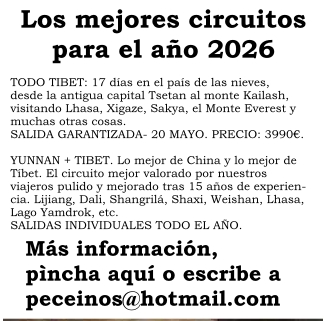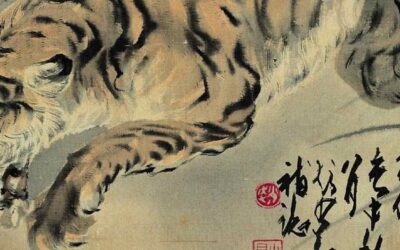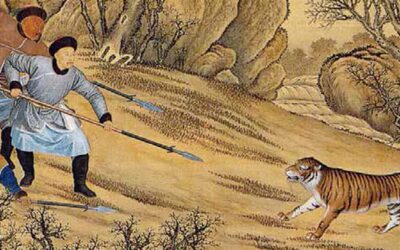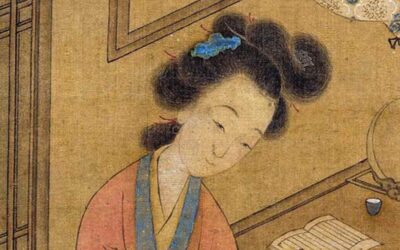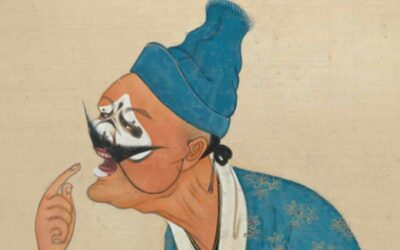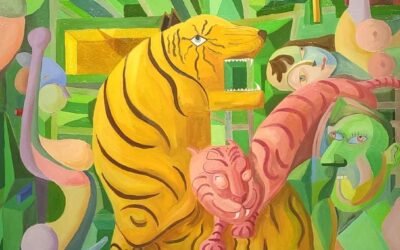Peter Harvey. Buddhism: Teachings, History and Practices. Cambridge University Press. 2013.
(Excerpts from the book. Page 11 and ff.)
In its origin, Buddhism was a Samana-movement. Samanas were wandering ‘renunciant’ thinkers who were somewhat akin to the early Greek philosophers and mystics. The Samanas rejected the Vedic tradition and wandered free of family ties, living by alms, in order to think, debate and investigate. The main Samana groups of Buddha’s time were:
JAINS
Jainism was founded, or at least led in the Buddha’s day, by Vardhamāna the Mahāvīra, or ‘Great Hero’. It teaches that all things, even stones, are alive, each containing a Jīva, or ‘Life-principle’. These are seen as individually distinct, rather like the Western idea of a ‘soul’ but unlike the universal Ātman of the Upanisads, and to be naturally bright, omniscient and blissful. The aim of Jainism is to liberate one’s Jīva from the round of rebirths by freeing it from being weighed down by an encrustation of karma, seen as a kind of subtle matter. The methods of doing so are primarily austerities such as fasting, going unwashed and pulling out the hair, so as to wear out the results of previous karma, and self-restraint, total non-violence to any form of life, and vegetarianism, so as to avoid the generation of new karma. The free-will of the Jīva is emphasized, though even actions such as unintentionally killing an insect are held to generate karma.
AJIVIKAS
Their founder was Makkhali Gosāla (Skt Maskarin Gośāla). Gosāla’s key doctrine was that niyati, or impersonal ‘destiny’, governed all, such that humans had no ability to affect their future lives by their karma: actions were not freely done, but were determined by niyati. Gosāla thus believed in rebirth, but not in the principle of karma as that which regulates the level of a person’s rebirth. The ‘Life-principles’ of living beings are driven by niyati alone through a fixed progression of types of rebirths, from a low form of animal to an advanced human who becomes an Ājīvika ascetic. The Ājīvikas practised rigorous asceticism such as fasting, nakedness and perhaps also disfiguring initiations, and aimed to die by self-starvation (as Vardhamāna in fact did), as a fitting way to end their last rebirth.
MATERIALISTS
The Materialists’ aim was to lead an abstemious, balanced life which enjoyed simple pleasures and the satisfaction of human relationships. They denied any kind of self other than one which could be directly perceived, and held that this was annihilated at death. They therefore denied the idea of rebirth, and also those of karma and niyati. Each act was seen as a spontaneous event without karmic effects, and spiritual progression was not seen as possible.
SKEPTICS
The Skeptics responded to the welter of conflicting theories on religious and philosophical issues, and the consequent arguments, by avoiding commitment to any point of view, so as to preserve peace of mind. They held that knowledge on such matters was impossible, and would not even commit themselves to saying that other people’s views were wrong. The Buddha saw this evasive stance as ‘eelwriggling’, though he shared the wish to step aside from the ‘jungle’ of conflicting views, and avoid dogmatic assertions built on flimsy grounds.
More posts on Chinese culture
El gigante, los tigres y un cebo humano
El gigante, los tigres y un cebo humano Xu Shan, un hombre de Guandong (关东), se ganaba la vida desenterrando raíces de (ginseng). Era costumbre que los excavadores de ginseng trabajaran de noche. Un día, tras una noche agotadora, Xu descansó sobre la arena. Cuando se...
El viejo cazador de tigres. Una historia de Ji Xiaolan
El viejo cazador de tigres. Una historia de Ji Xiaolan Cuando mi primo Zhonghan era magistrado del condado de Jingde, hubo un tigre que causó estragos cerca de la ciudad e hirió a varios cazadores que no lograron atraparlo. Los lugareños decían: "Sólo Tang, el hábil...
Wu Zilin y su exploración del ego y el superego en el arte
Wu Zilin y su exploración del ego y el superego en el arte La obra de Wu Zilin se basa en la práctica de la performance artística personal. Su principal enfoque creativo se centra en el ámbito de las acciones realizadas, los restos y huellas de estas acciones, así...
La venta de esposas como último recurso económico en la China Qing
La venta de esposas como último recurso económico en la China Qing Cada día leo cosas nuevas e interesantes sobre la cultura china, cosas que quiero compartir con los lectores de esta web, pero que la mayoría de las veces no lo hago porque mi atención vuela hacia otra...
Las artimañas de Beijing, la capital imperial
Las artimañas de Beijing, la capital imperial Según las describe Ji Xiaolan[1], en uno de sus cuentos que intenta reflejar la vida en China durante el siglo XVIII. Ningún lugar puede igualar a la capital imperial en engaños e imposturas. Una vez compré dieciséis...
Exposición de los nuevos artistas de Yunnan 2023
Exposición de los nuevos artistas de Yunnan 2023 El 21 de junio de 2023, a las 15:00 horas, se inauguró oficialmente en la Biblioteca Provincial de Yunnan la 2ª Exposición Universitaria Art Mew New, una serie de exposiciones de nominación para nuevos artistas de...
More posts on China ethnic groups
El gigante, los tigres y un cebo humano
El gigante, los tigres y un cebo humano Xu Shan, un hombre de Guandong (关东), se ganaba la vida desenterrando raíces de (ginseng). Era costumbre que los excavadores de ginseng trabajaran de noche. Un día, tras una noche agotadora, Xu descansó sobre la arena. Cuando se...
El viejo cazador de tigres. Una historia de Ji Xiaolan
El viejo cazador de tigres. Una historia de Ji Xiaolan Cuando mi primo Zhonghan era magistrado del condado de Jingde, hubo un tigre que causó estragos cerca de la ciudad e hirió a varios cazadores que no lograron atraparlo. Los lugareños decían: "Sólo Tang, el hábil...
Wu Zilin y su exploración del ego y el superego en el arte
Wu Zilin y su exploración del ego y el superego en el arte La obra de Wu Zilin se basa en la práctica de la performance artística personal. Su principal enfoque creativo se centra en el ámbito de las acciones realizadas, los restos y huellas de estas acciones, así...
La venta de esposas como último recurso económico en la China Qing
La venta de esposas como último recurso económico en la China Qing Cada día leo cosas nuevas e interesantes sobre la cultura china, cosas que quiero compartir con los lectores de esta web, pero que la mayoría de las veces no lo hago porque mi atención vuela hacia otra...
Las artimañas de Beijing, la capital imperial
Las artimañas de Beijing, la capital imperial Según las describe Ji Xiaolan[1], en uno de sus cuentos que intenta reflejar la vida en China durante el siglo XVIII. Ningún lugar puede igualar a la capital imperial en engaños e imposturas. Una vez compré dieciséis...
Exposición de los nuevos artistas de Yunnan 2023
Exposición de los nuevos artistas de Yunnan 2023 El 21 de junio de 2023, a las 15:00 horas, se inauguró oficialmente en la Biblioteca Provincial de Yunnan la 2ª Exposición Universitaria Art Mew New, una serie de exposiciones de nominación para nuevos artistas de...

